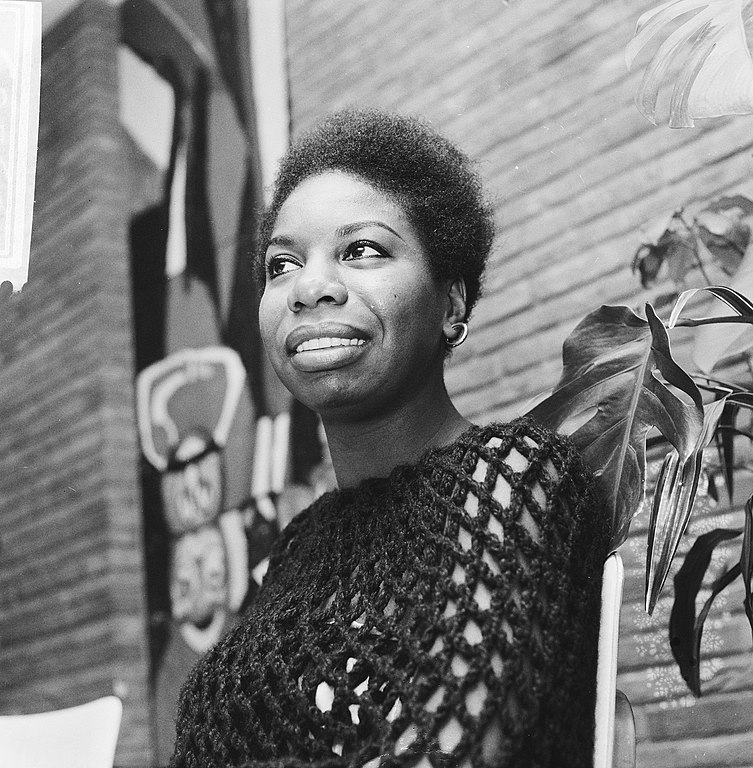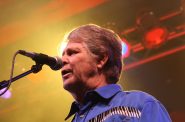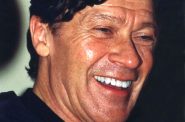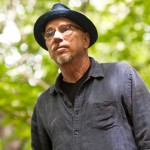I’d like to spend my next quarantine with Nina Simone. Along with a slew of other Black geniuses in Questlove’s brilliant Oscar-winning documentary, Summer of Soul, she made being housebound in 2020 seem like a good thing. If you haven’t seen this documentary yet, don’t miss it. It’s on Hulu (along with McCartney 3 2 1) and would be required viewing if I were in charge.
The documentary argues that, while Woodstock made all the headlines in 1969, the Harlem Cultural Festival, which took place on successive weekends that year, coinciding with Woodstock on one of them, was the better one. Up at Yasgar’s farm it seemed like every other act was an instant relic of some sort. Ask yourself, have you been listening to a lot of Country Joe and The Fish or Sha Na Na lately? Still, at least partly due to the enormity of the event, the giant musical mudslide won the public’s attention. A hit record and a must-see movie followed. There was even a bird in Peanuts that got its name, Woodstock, from the festival. While Woodstock was becoming a symbol of the counter-culture, 40 hours of great footage shot in Harlem sat in boxes, fading like the photos in grandma’s attic. Thanks to Questlove and I’m sure a few others, it has finally seen the light of day.
There’s a lot to love in this film, but let me begin with a confession: Lately I’ve had the dreaded experience of actually enjoying some very mainstream acts. Why I should be surprised when artists display the skills that made them successful, is anybody’s guess. If you had told me watching The Fifth Dimension could be in any way exciting before I saw this doc, I would have started looking for ways to end the conversation. I mean… The Fifth Dimension? But watching them sing “The Age Of Aquarius,” a song that never ranked as one of my favorites, one thing is clear: These people went to America’s greatest music school, the Black Gospel Church, and had some serious chops which they used to tear the place up. If the Fifth Dimension could get my blood pumping, could I risk the coronary the artists I was already enamored of might induce? I’m writing this so I guess I’m good. Little Stevie Wonder, a confident, fully developed artist at nineteen, absolutely killed it on clavinet and drums. He owned one of the hottest sets of pipes on the planet and showed it off on “Signed, Sealed, Delivered.” Standing in the light rain at the end of his set, his handler was trying to get him into the wings, saying he didn’t want to ruin his new suit. Stevie let him know that he had paid for the sharp clothes his employee wore.
David Ruffin, the great gruff-voiced lead of The Temptations, a group he had recently left, showed the polish you would expect from a graduate of the Motown finishing school. He was the lead voice of their hit “My Girl,” and towards the end, he sings this note. Make sure your dog is not in the room before you hit play.
Things really started to heat up when the band that changed everything in the late sixties, Sly and the Family Stone took the stage. They definitely weren’t there to mellow everybody out. It’s true Sly kept a lot of people waiting back in the day, sometimes for hours, but it was worth the wait for him and the tightest band in the world. They romp, stomp and boom lacka lacka the hell out “I Want To Take You Higher.” (Unfortunately, there’s not much of the festival on Youtube, so you get the raw footage with some kind of stamp on this video. Skip to about 2:30 where the fun begins.)If you were looking for low points, forget it. It goes without saying Gladys Knight and The Pips singing “I Heard It Through The Grapevine” wouldn’t disappoint, and they didn’t. On their version, with the Pips doing their terpsichorean best, Gladys sang like the Soul royal she was. The Gospel flagship The Staple Singers with Pop Staples on voodoo tremolo guitar, along with his daughter, the gritty Mavis, were at their chilling, thrilling best. Later Mavis lent moral and vocal support to the legendary Mahalia Jackson, who was little under the weather — although it was hard to tell.
There were others, including B.B. King, and The Chambers Brothers, but in the midst of all that sterling talent, there was one artist whose performance just stunned me: Nina Simone. I’ve known for ages she was special, but I felt watching her that somehow I hadn’t been paying attention. Could anyone really be this good? Her performance bears watching, because nothing I can say will do it justice. Seated regally at the grand piano was a focused, funny, but also angry, performer in total control of her show. She held the audience effortlessly and though some members of Woodstock Nation may not know it, she was a protest singer on the level of Bob Dylan.
Watch “To Be Young Gifted And Black.” She could be describing the artists who performed at this festival (at least the gifted and Black part). It is admirable when people write socially conscious songs. It’s also unavoidable that they sometimes fail when they feel self-congratulatory or didactic. Not the case here. The song aches as it encourages and the look on her face as she sings says it all. I think of great singing as a state where it’s impossible to lie, and this woman is delivering a truth frightening in its intensity and inspiring in its beauty.
In “
Four Women” you get a sense of how deep her understanding of all aspects of music was. Classically trained, she wound up singing and playing in nightclubs, not by choice, but necessity. There weren’t a lot of openings for Black women in the symphonic world. Their loss and really, she was exactly where she should have been. Be sure to scroll down where someone has posted the lyrics, they’re brilliant. Is this song her masterpiece? I’d say yes, along with many others.
There is such an aura about Nina Simone, you can almost see it. You know that she knows exactly what she wants to do. You can also see she has no doubt exactly how she wants to do it. She’s serious, but just as importantly, playful, enjoying the magic she creates with a very tasty jazz combo. They all wear dashikis and her headwrap is inspired by African dress. She and they are proud of their heritage.
I keep slipping into the present tense to describe a performance that happened 53 years ago. It could be because the music is so vibrant and, despite the dearth of progress made over those years, it remains sadly relevant while it also glows with promise.

 May 21st, 2025 by Baylor Spears
May 21st, 2025 by Baylor Spears
 Apr 24th, 2025 by Jeramey Jannene
Apr 24th, 2025 by Jeramey Jannene
 Apr 24th, 2025 by Dominique Paul Noth
Apr 24th, 2025 by Dominique Paul Noth
 Jun 26th, 2025 by John Sieger
Jun 26th, 2025 by John Sieger
 Sep 28th, 2023 by John Sieger
Sep 28th, 2023 by John Sieger
 Apr 12th, 2023 by John Sieger
Apr 12th, 2023 by John Sieger
















